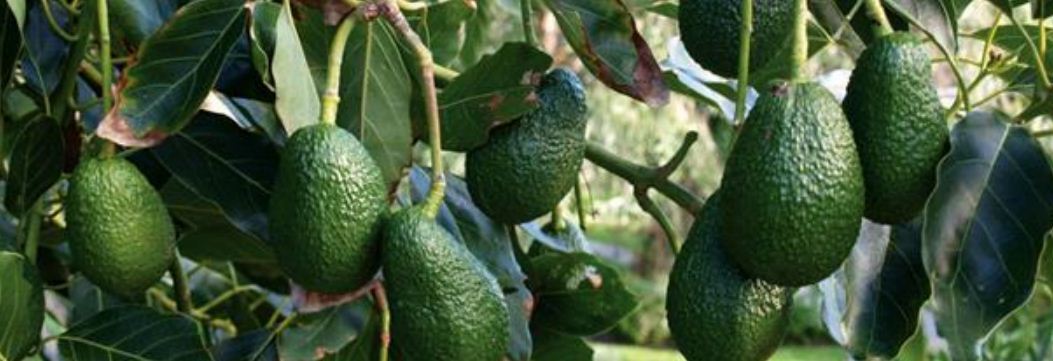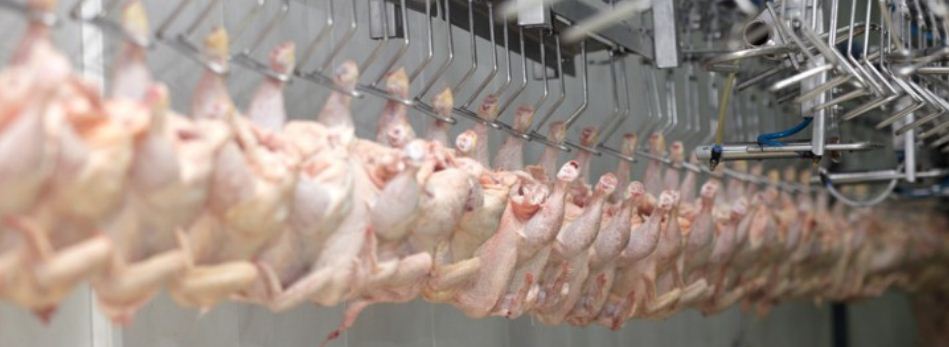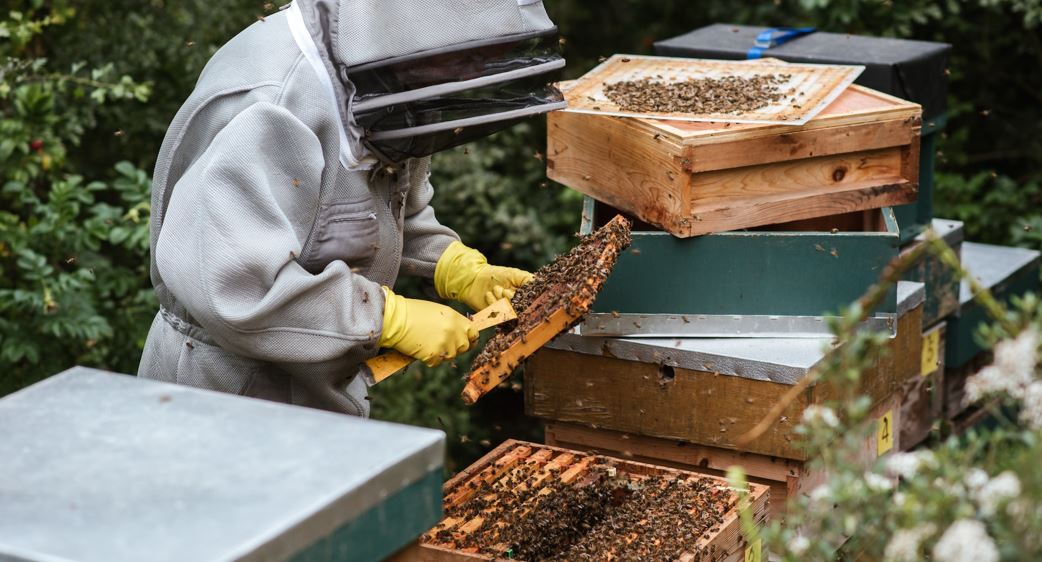Tips on How to Start Your Own Pear Farm

There are varieties of pears fruits and all are nutritious and delicious in their own way, there is no need to worry about how to make profits in this kind of farming. It is one of the fruits that can never be enough no matter how much it is planted, so you will also make your money because they are in high demand.
So what you should be thinking about is how to start this pear farm business and which variety of pear will fetch more money in your locality.
But to start the process, you have to map out a piece of land for it and prepare it. Knowing fully that land preparation is the beginning process for any kind of farming you are going into. Land preparation involves bush clearing, tilling or leveling.
Below are the necessary steps to guide you through:
1. Get Proper Knowledge of the Fruit
Before starting any farming business, it is better to have little experience or knowledge about what you wish to farm first.
Don’t jump into farming without knowing what season you to grow your pear, how to grow and harvest it, the things you have to look out for when you have cultivated it and so on.
Knowing when and where to grow pears among other necessary things to make huge income out it is actually the major thing to know. This will make you not to farm blindly and have the maximum profit as possible.
2. Choose a Variety
The varieties of pear include the Avocado pear, the African or Bush pear and others, so try to know which one you should go for and the one which will yield you more money, and so on.
Try also and get some other vital information as regarding the type of pear farming you want to embark on, as it will help you to know in details what you are actually going into.
There are recommended varieties of pear to choose from while going into pear farming business. They are:
Anjou Pears: Produce fruits with a mild flavor and smooth texture. Good for storage and fresh use. This type can be stored for a period of 6 months with little loss in quality. Anjou is of two different types which include red Anjou and green Anjou. This variety of pears is usually harvested October through May.
Kieffer Pears: Produce medium fruit with crisp coarse-textured flesh which is best used in canning. It is known as one of the hardiest pear variety and heaviest producer.
They are botanically classified as a cross amid European Pyrus communis, bartlett pear and the Asian sand pear called Pyrus pyrifolia. The ripe fruit of this pear is usually available in mid-September or mid-October.
Bartlett Pears: Also known as Williams Pear is one of the most commonly grown varieties of pear that produces the size of fruits ranging from medium to large.
They are known to be ripped when the color turns yellow. Williams’s pears are mainly harvested between July and October.
Bosc Pears: Are European pears that are brownish in color with dense white flesh. This variety of pear is used in making different kinds of recipes and is usually harvested from September and runs into the winter period through April.
French Butter Pears: Another European variety of pears that come in different sizes ranging from small to medium. French butter pears are greenish in colour but turns brown when ripen.
The best season of availability for this variety of pear is can mid-August to late-September.
Other varieties that can be used for pear farming are seckel pears (available from Augist to December), forelle pears (October through February), comice pears (September through February) and concorde pears.
How long does a pear tree take to bear fruit?
This is one of the questions people ask about this plant. The dwarf types usually produce fruit earlier than standard-size trees but pears normally produce fruits after 3 years of planting for the first time. They may not produce a full crop for up to 5 to 7 years.
3. Get a Land Suitable for Your Plant
Depending on the type you chose, and also the scale of your farming activities you will be able to find suitable land for it. Planting distance in pear farming depends on the variety of pear you choose, soil fertility and the climate of that area.
Renting a land may be a good option if you are not financially stable at the moment of starting this farming activity and as time goes on you can buy the land of your choice from the profit you make.
4. Choose the Best Soil
Soil plays an important role in farming and agricultural activities because that is what will determine if your products will grow well or not. The type of soil suitable for pear farming is a well-drained soil that allows penetration of nutrients easily.
Note, that even though pears grow in the tropical region that some crops and fruits tend to do better in some areas because of the soil compositions and the temperature changes.
So, get the soil that is considered best for the variety of pear farming you want to engage in so that it can be able to get the best nutrients out of the soil.
5. Consider the Cost of Labour
Put in mind the necessary things needed to make the pear farming activities a success from the inception to the carrying out of your plans.
These include manpower, labour and costs as you will clear the land and prepare it for the farming, as well as the hiring of farming machines and equipment.
Have it at the back of your mind that you will be paying of laborers and other miscellaneous which will arise at the cost of this project.
Apart from buying and renting of land, you should still have enough capital that will see you through till you start making profits to avoid stopping half way.
6. Planting of Pear Tree
Pear trees are planted during the late winter season or early spring. It is advisable to plant two varieties of pear trees as the need for cross-pollination may arise.
Can you plant just one pear tree?
People who want to venture into this business usually ask this kind of question. Some pear plant produces fruits without being cross-pollinated while others need cross-pollination from nearby pollen source to produce fruits.
The variety you choose will determine if you can plant just one pear tree or more.
How do I Space Pear Tree?
The standard for spacing pear trees while planting depends on the size of the trees. Dwarf types are spaced between 12 to 15 feet apart while the standard sizes are spaced between 20 to 25 feet apart.
In a case of grafted pear trees, the inside of the curve has to be positioned away from sunlight when planting.
How to put the tree in the soil: To put the tree in the soil, you have to dig a deep-wide whole that will create a space away from the roots of the tree.
Then set it on the top of a small mound of soil at the center of the hole; ensure that the roots are been spread away from the stalk without bending them excessively.
7. Care and Management
Irrigation is necessary for the young trees especially when the trees are planted in the dry season to enable the roots to establish well in the soil. But is there the plant is getting enough water from the downpour, no problems with watering them.
What is the best climate for growing of pear?
Most varieties of pear grow well under the climatic condition of full sun to light shade. But you should also know that some pear trees such as Bradford pear are usually fruitless while many others are fruit abundant.
8. Fertilizer Application
Fertilizer adds to the productivity of pear trees but it should be in moderated quantity. Be careful to add too much fertilizer to the plant and do not add to the hole while putting the tree in the soil.
Adding much fertilizer to the pear tree will cause them too much nitrogen which deteriorates plant growth and may also cause the plant to focus on foliage production instead of fruits.
9. Disease & Pest Control
There are certain insect pests that attack pears. Some of them are mites, aphids and scale insects.
Fire blight, powdery mildew, and pear psylla are some of the diseases that afflict this fruit as well. Other common diseases that cause damage to pear tree are fabraea maculate, canckers, and fabraea leaf spot.
In order to take proper control of such diseases and manage your pear tree appropriately, you have to keep a look out on the tree and fruits as well.
When the leaves are been affected, a dark spot will be noticed on them which will cause them to turn yellow and then fall. On the hand, when the fruits are been affected by cankers it causes them to crack.
Sanitation is also a tip to pear tree management and disease control.
10. Prune The Tree Yearly
Pruning fruit trees is very important especially when the leaves become dormant. In the case of pear trees, pruning should be done lightly per annum to keep the tree healthy and productive.
What is the best time of year to prune fruit trees?
It is advisable to prune fruit trees including pear trees at the planting time when the new stem is been cut off at the measurement of 24-34 inches from the ground and remove any side shoots.
Also prune during the subsequent years during the early spring when trees are still dormant before buds break.
Standard sized pear trees should be pruned to central or modified leader system while the dwarf type should be pruned to central leader system i.e. to a central trunk with branches that curved out every 5 to 8 inches to ensure that no branch is on another.
11. Harvesting And Storage
Pears are ready for harvest before they are ripe when the fruits are still hard, they are best to ripen after they leave their branches. They are harvested and stored at room temperature tripe, soften and produce the best quality ready for consumption.
Mature pear tree produces lots of fruits short period of time so always get ready for harvest. Pears fruits are harvested once they are mature before they ripen.
Storage: Pears are perishable fruits that cannot be stored for a long period of time. Therefore, store your pears in refrigerators or containers for the maximum of two months depending on the type and variety of pear.
Some varieties can perish less than two weeks, so it is most preferable and advisable that you harvest and take them to market for sales and supply.
Another way of storing pears for a long period is by canning.
How do I can pears?
Get the Following for example:
5 pounds ripe pears
1 tablespoon white vinegar or lemon juice
2 cups of sugar
Pour half a gallon of drinking water in a bowl to get filled then add 1 tablespoon of white vinegar or lemon juice.
Before starting the process of pear canning, you have to make sure that they well ripen then you can peel the fruits, core and segment them then place in water-vinegar solution.
Mix 2 cups sugar and 6 cups water then put in a large pot and boil it. Add pears to boiled solution in the pot and cook for up to 4 minutes.
Transfer the pears into sterilized canning jars using a slotted spoon, leave half inch headspace. Then pour the syrup in a container and cover.
They can be enjoyed directly from the jar, use it for baking, cooking or in making salad or desserts.
Nowadays, farmers are gradually becoming richer every day and have better opportunities for making more money. Gone are the days when there are no many profits in the farming business.
Even though the cultivation of a pear tree takes 3-4years to start bearing fruits, its return on investment is great.
Generally, growing pears is easier when compared to growing other edible fruits such as apple for example because there are less disease and pest issues associated with pears.
While waiting for the tree to bear fruits you can use the time available to source for suppliers, distributors, and companies that might be interested in the fruit because it will help you to quicken sales since pear generally are perishable fruits.




